The World’s 5 Blue Zones and Their Secrets to Longevity
Discover the habits of the world’s longest-living people and how resorts are bringing these wellness principles to travelers
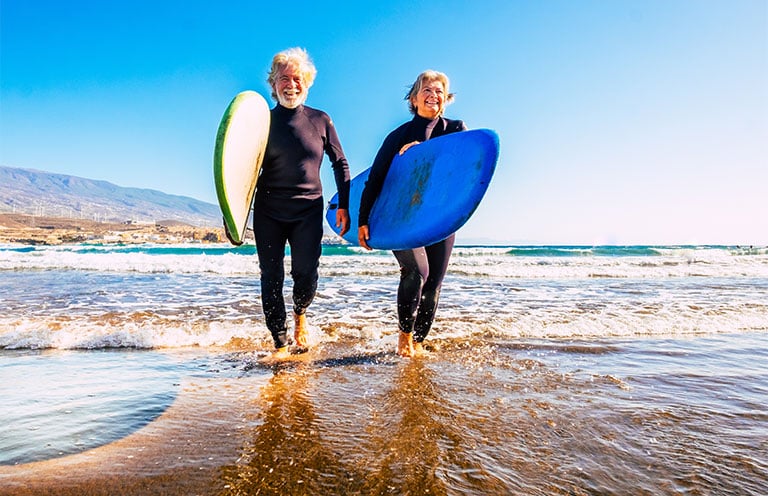

A vacation shouldn’t leave you feeling blue—but a trip to one of the world’s five recognized Blue Zones just might help you live longer.
What began as an expedition led by explorer and journalist Dan Buettner—in partnership with National Geographic, the National Institute on Aging, and renowned longevity experts—to uncover the secrets of longevity ultimately yielded a list of five locations where inhabitants frequently live into their early 100s—and sometimes beyond.
Buettner details these findings in "The Blue Zones: 9 Lessons for Living Longer from the People Who’ve Lived the Longest," a New York Times bestseller, as well as in "Live to 100: Secrets of the Blue Zones," an Emmy Award-winning four-part documentary series for Netflix.
These five destinations have not only become popular tourist spots but also key sites for research into why their residents seem to defy the odds of aging and chronic illnesses.
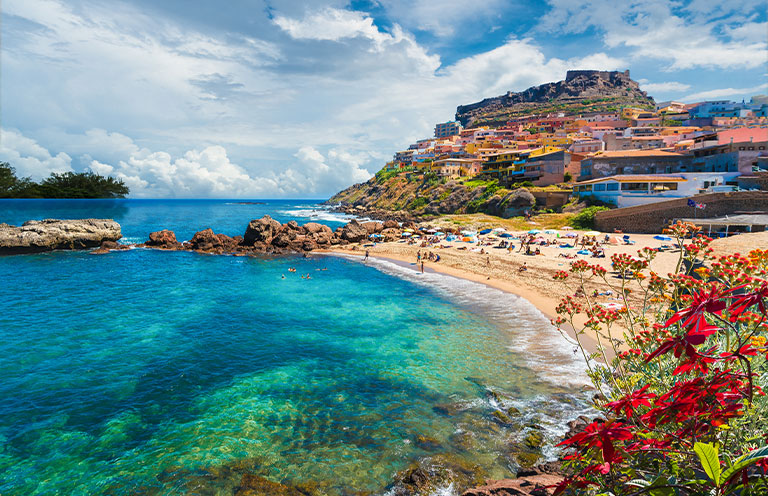
What are the 5 Blue Zones?
While other parts of the world may also harbor high populations of nonagenarians and centenarians (people who live into their 90s and 100s, respectively), these five regions were identified and extensively studied by Buettner and his team:
- Okinawa, Japan
- Sardinia, Italy
- Nicoya, Costa Rica
- Icaria, Greece
- Loma Linda, California
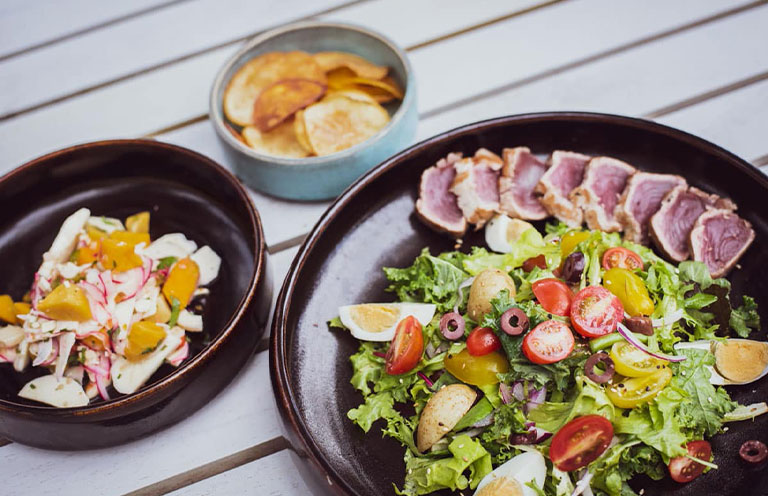
What do Blue Zones have in common?
Researchers found that despite geographic and cultural differences, these regions share key lifestyle habits that contribute to longevity. Highlights include the following:
Plant-based diets and calorie restriction
Blue Zone residents generally consume less meat than the global average. They also tend to front-load their caloric intake and limit overall consumption, avoiding the heavy dinners common in many cultures.
“Many centenarians in Nicoya [Costa Rica] follow a diet rich in beans, squash, corn, and fresh produce,” says Jaime Bravo, founder and director of ESH Hotel in the Blue Zone region of Nicoya. “The focus [is] on fresh, local, and nutrient-dense foods, including plant-based meals, seafood, tropical fruits, and anti-inflammatory ingredients.”
Daily exercise
Rather than purposeful workouts at the gym, physical activity is threaded into daily life—gardening, farming, and cooking.
“Longevity here isn’t about structured workouts but natural movement woven into daily life: walking, swimming, surfing, and activities that keep the body in motion,” says Bravo.
Sense of purpose
A strong sense of purpose—what Nicoyans refer to as plan de vida and Okinawans call ikigai—is deeply ingrained in Blue Zone cultures.
Social connections
“Community connection is also key, with strong social bonds contributing to well-being,” says Bravo. Many Blue Zone residents live with or near older family members, ensuring multigenerational care and support.
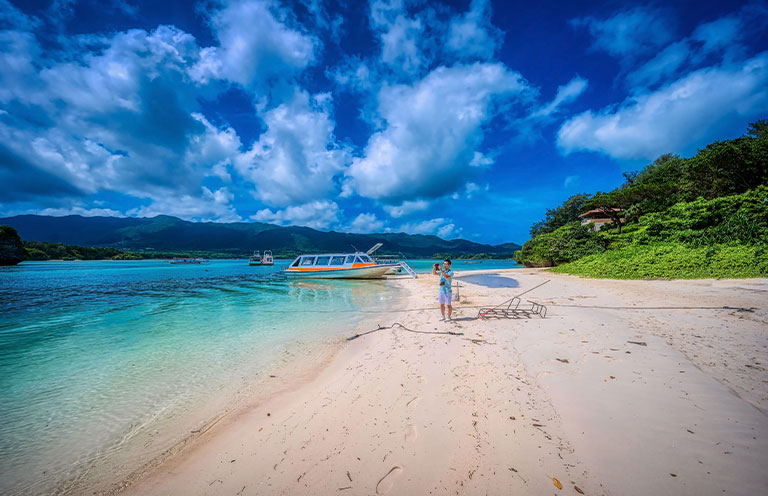
Geographical wonders
Access to nature plays a vital role in well-being and longevity, whether through ocean air, mineral-rich waters, forest walks, or daily sun exposure.
“Many locals take advantage of the ocean, rivers, and thermal pools for their restorative properties,” says Bravo.
Sleep and stress management
A slower pace of life, strong social ties, and daily moments of rest help reduce chronic stress. In Okinawa, for example, people practice inen, taking naps to recharge both mentally and physically.
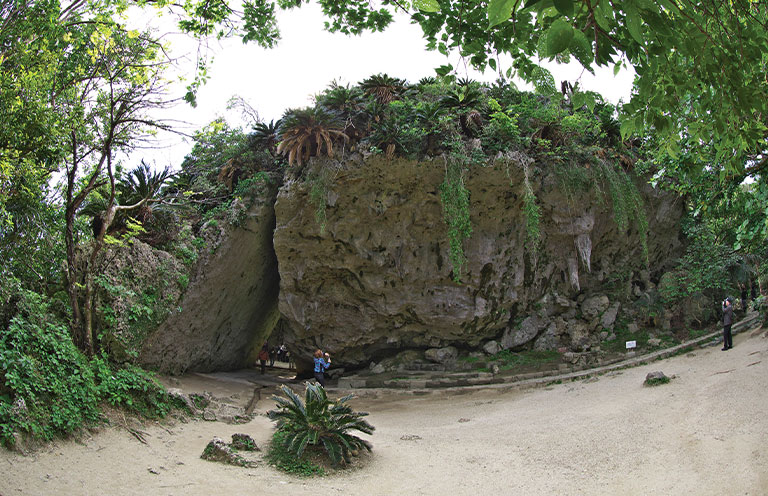
How have Blue Zones influenced travel?
While a short vacation to a Blue Zone retreat won’t suddenly grant you Blue Zone longevity, a growing number of resorts are infusing these principles into programs the support guests’ wellness, offering nutrient-rich meals, movement-based activities, and stress-reduction techniques.
“We intentionally incorporate Blue Zone elements into our experience,” says Bravo of his hotel’s offerings, which include Blue Zone-inspired menus, daily yoga, cold plunge therapies, and sauna rituals.
Hotel Nantipa – A Tico Beach Experience, also located in Costa Rica’s Nicoya Blue Zone, integrates Blue Zone principles into its philosophy and guest offerings. The beachfront resort made National Geographic’s “Best of the World” list in 2024.
“The word nantipa means ‘blue’ in the native Chorotegan language of the Nicoya Peninsula,” says Mario Mikowski, a board member of Tabacón Thermal Resort & Spa in Costa Rica. “Our Blue Wellness program brings together two modern applications of the word blue—blue zone and blue mind—to explore the nature-based benefits of our location here on Costa Rica’s Pacific Coast.”
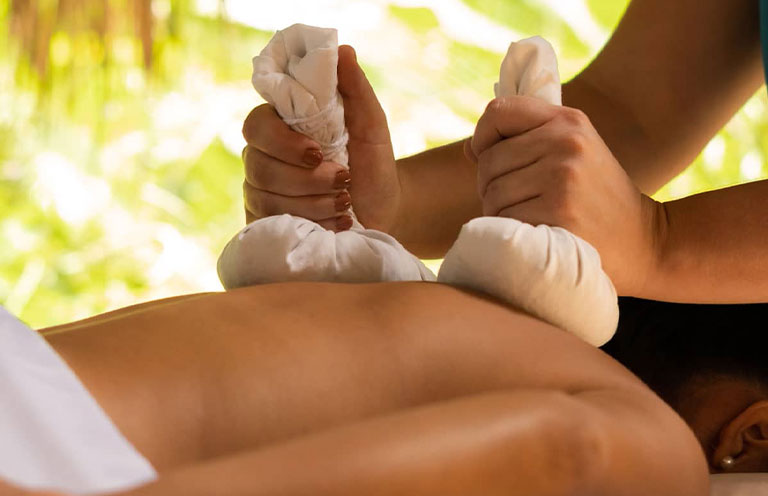
Nantipa’s Blue Wellness program focuses on eight pillars inspired by Blue Zone research:
- Putting loved ones first: Accommodations range from suites and bungalows to three-bedroom villas, encouraging group travel.
- Living with purpose: Guests are encouraged to journal their thoughts and intentions, stepping away from digital distractions.
- Fostering relaxation: Activities such as yoga and meditation help cultivate mindfulness.
- Engaging in natural activity: Options include rainforest hikes, zip-lining, horseback riding, surfing, snorkeling, and fishing.
- Eating locally and mindfully: Meals emphasize fresh plant-based dishes, with traditional breakfasts such as gallo pinto and fresh fruit.
- Building social connections: Cultural experiences include visits with local families to learn about Nicoyan traditions.
- Immersing in nature: Guests can volunteer at a turtle hatchery or medicinal garden.
- Prioritizing rest: In-room massages and reflexology treatments support relaxation and sleep.
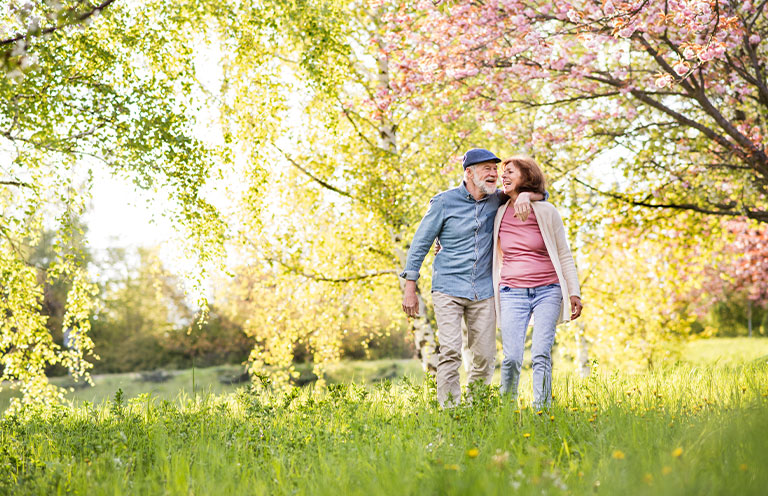
How to incorporate Blue Zone practices into your daily life
You don’t need to travel to a Blue Zone retreat to adopt Blue Zone habits.
“The Blue Zones research shows us that longevity starts with simple, sustainable shifts,” says Fillipa Harrington, a registered naturopathic practitioner specializing in women’s health and owner of Filippa Harrington Naturopathy. “Prioritizing whole, unprocessed foods; embracing natural movement, like walking or gardening; and fostering strong social connections” are essential elements that anyone can adopt for a longer, healthier life, she adds.
Harrington also highlights the importance of mindful eating, stress reduction, and a sense of purpose, noting that aligning modern life with the wisdom of long-lived cultures involves “honoring circadian rhythms, embracing food as the first medicine, and making space for joy and gratitude.”
Dr. Greet Baestaens, longevity expert and owner of REYU natural health and beauty center in Naples, Florida, agrees. “Anyone can take these ideas home with them, but consistency is the key to achieving natural longevity and a healthier, more balanced existence over time,” she says.
Though time inevitably moves forward, Blue Zone-inspired lifestyle changes—even small ones—can have lasting impacts on your health and longevity.
